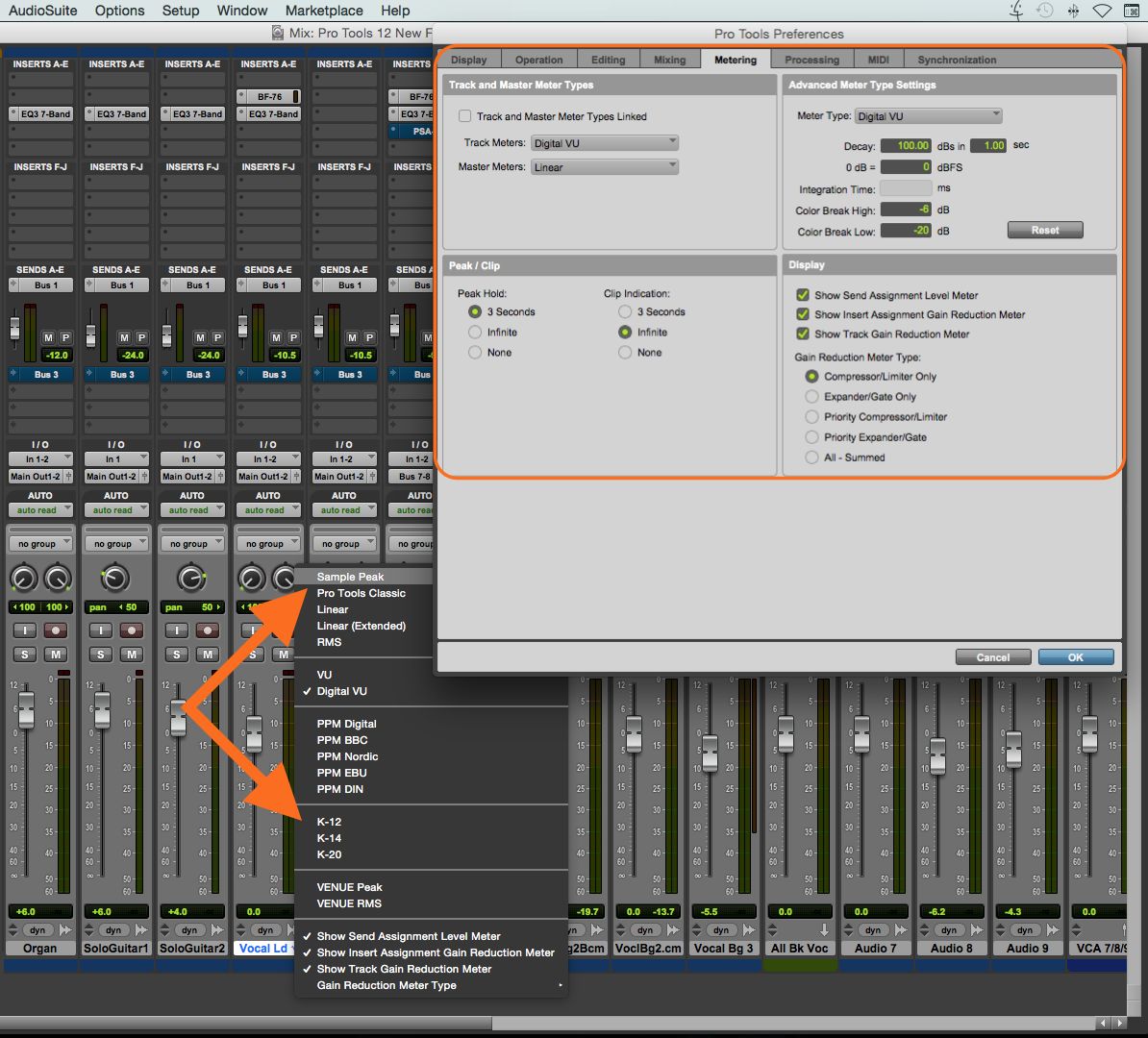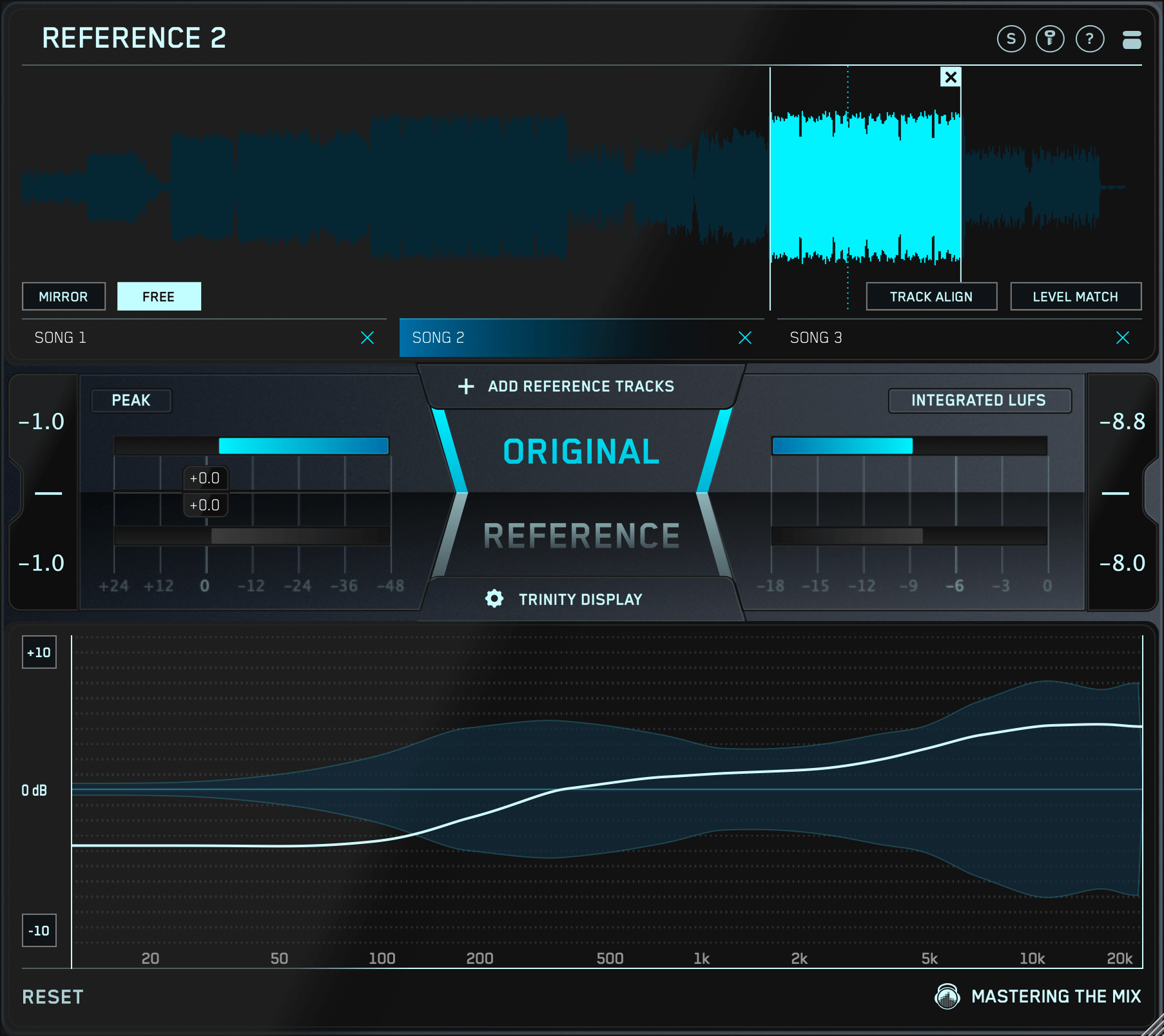

Much talk and time has been spent on normalization. If you’d like to learn more about mastering for other streaming services, you can check out our blog on the topic here: “Master Music for Streaming.” How True Peak Metering and Encoding are Incredibly Important Remember when I said that mastering your music to -14 LUFS will allow you to focus on other, more important things? Well, these are the important things to which I was referring. The only way this process can affect your master is by affecting its amount of clipping distortion – which is a reason for concern but can be avoided with certain precautions. Having your music turned up by its loudness normalization won’t make your master more dynamic. Loudness normalization doesn’t work like a limiter – it doesn’t affect dynamic range. What we can say with certainty, is that uploading a master file with an integrated LUFS of -14 will not be harmed by Apple’s or YouTube’s normalization process.

Perhaps it depends on the type of audio, be it dialogue or music, but this can not be said for certain. In fact, there are reports of YouTube normalizing audio to various volumes, or flat out not normalizing the audio at all. Some report it to be an integrated -12 LUFS for YouTube and -16 LUFS for Apple Music, but these figures are more or less speculative. Although we know that Youtube and Apple Music normalize audio to a similar benchmark as Spotify, they haven’t revealed exactly how they normalize audio. In truth, this information is hard to determine. How does -14 LUFS Relate to Streaming Services Other than Spotify? This gives a more than adequate reason for anyone distributing their music to Spotify, to master to or directly below an integrated -14 LUFS. This indicates that regardless of how music is normalized today, anything that has been uploaded to Spotify will eventually be held to the -14 LUFS standard. Spotify plans to use ITU-1770 metering in the future.


 0 kommentar(er)
0 kommentar(er)
